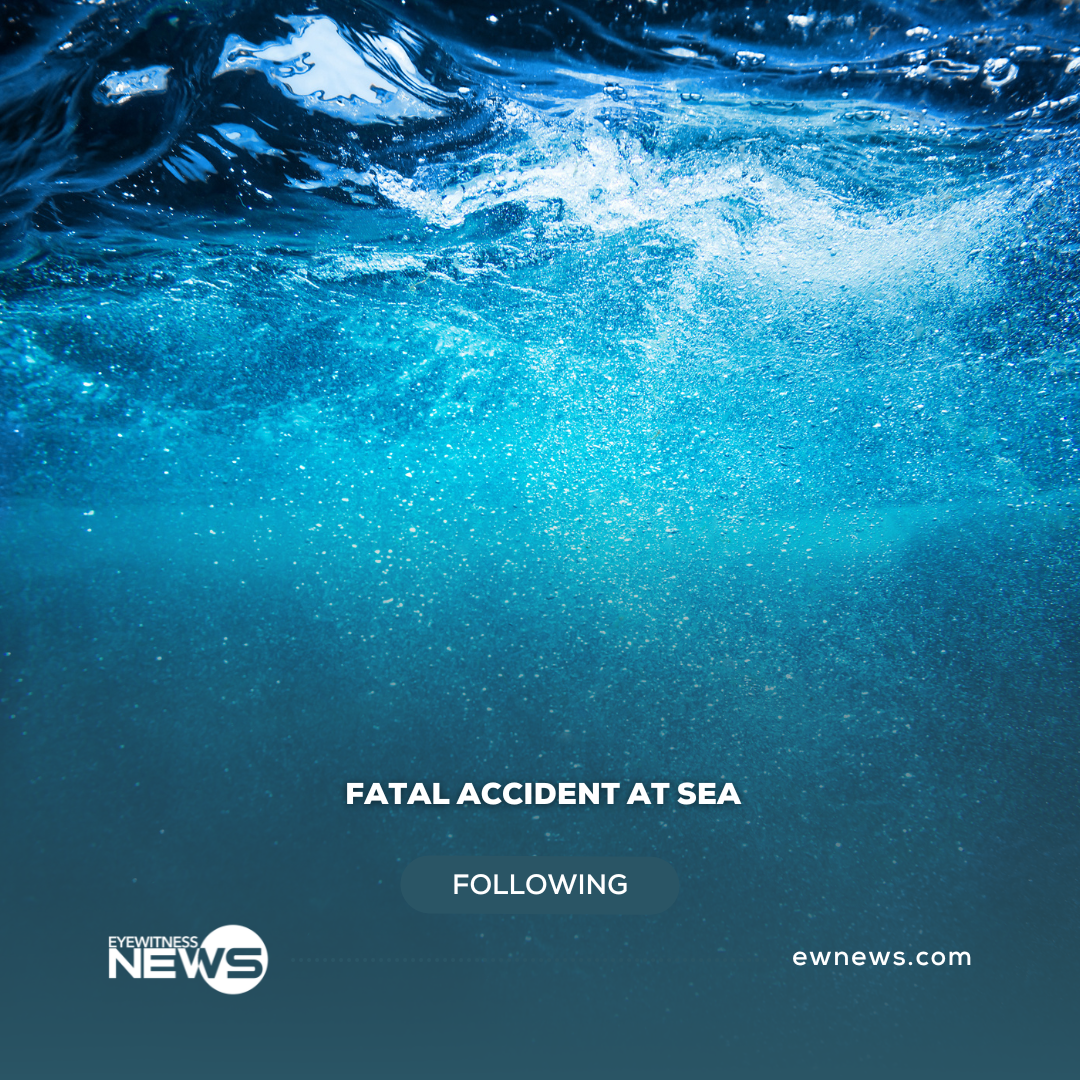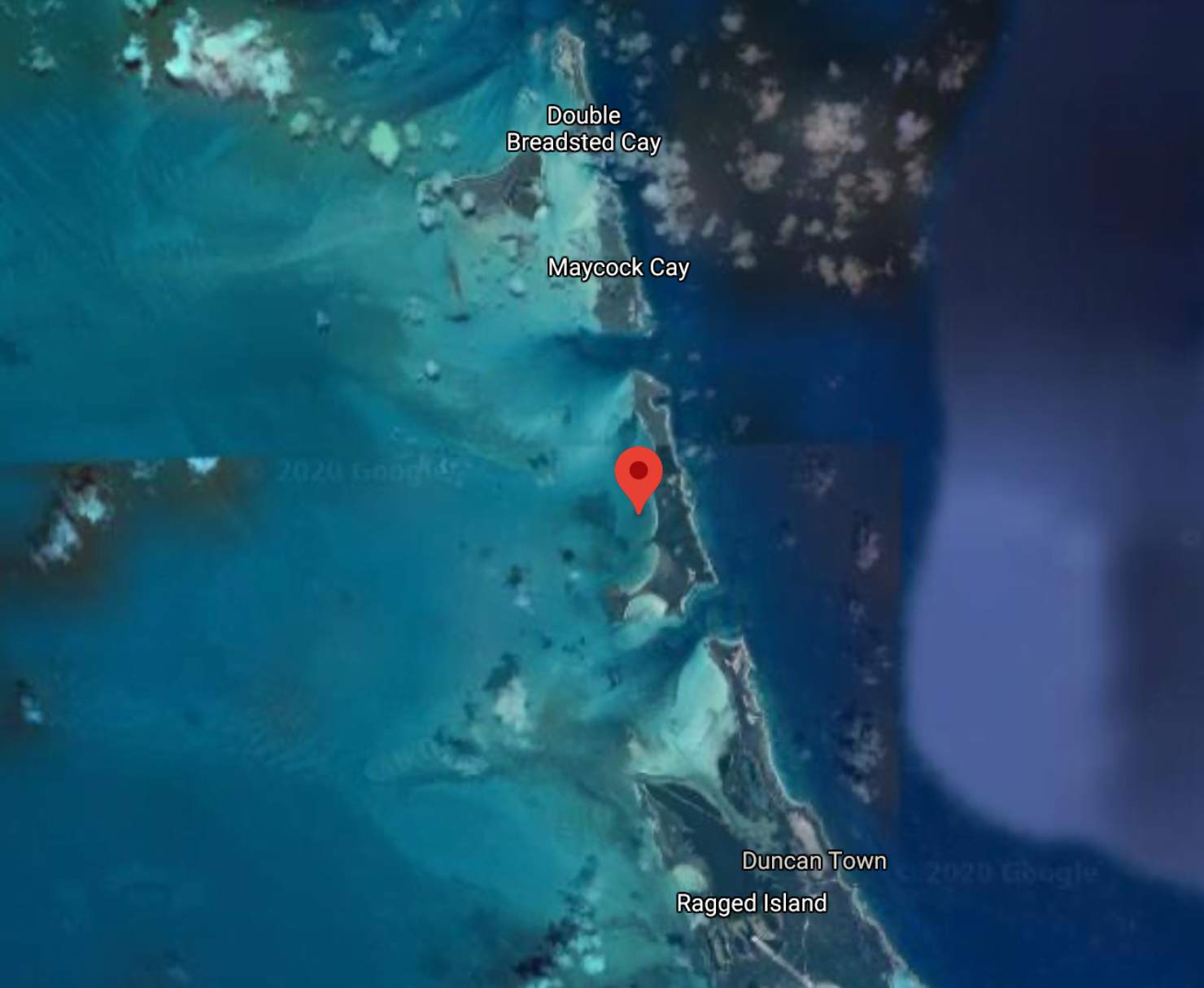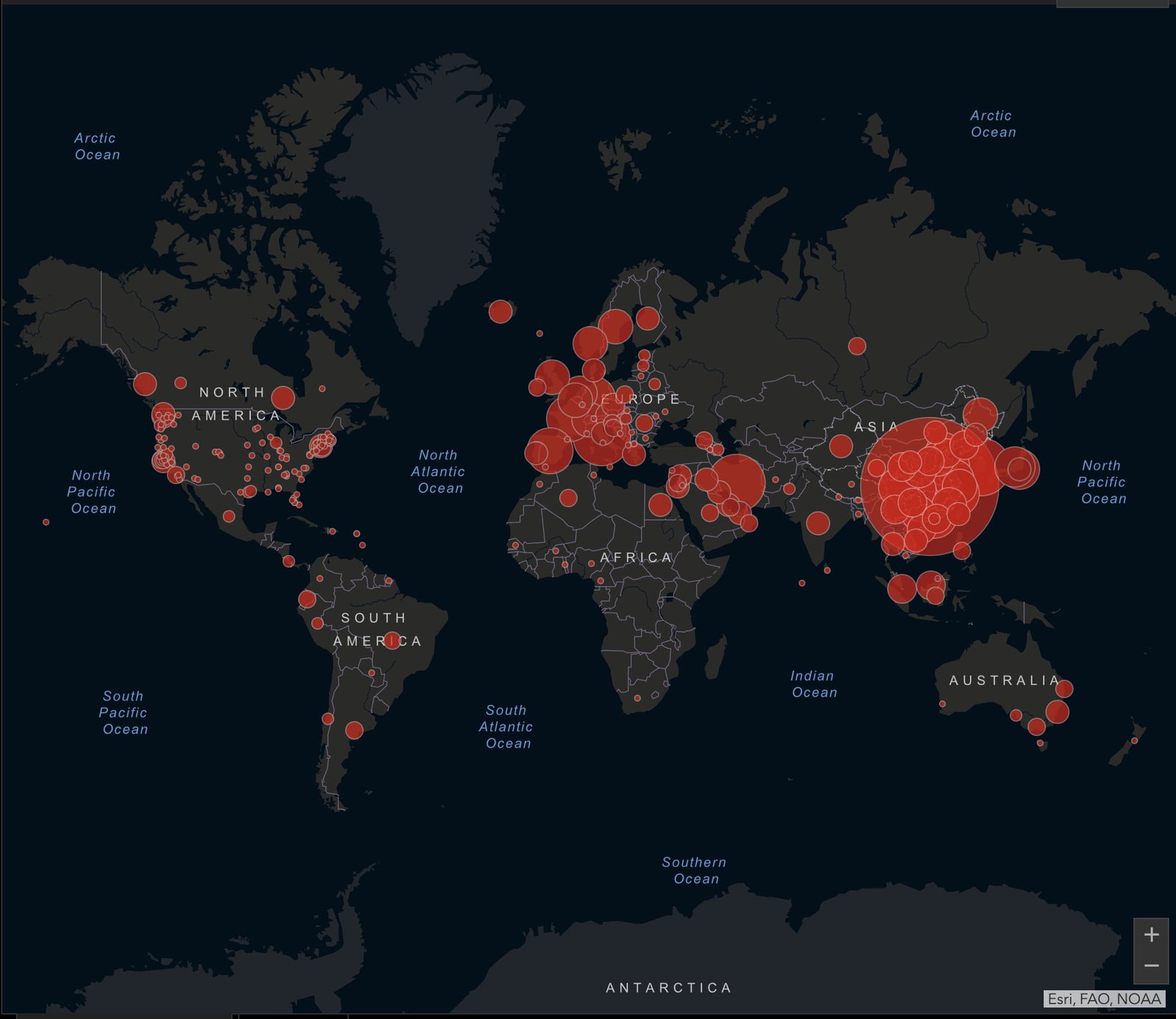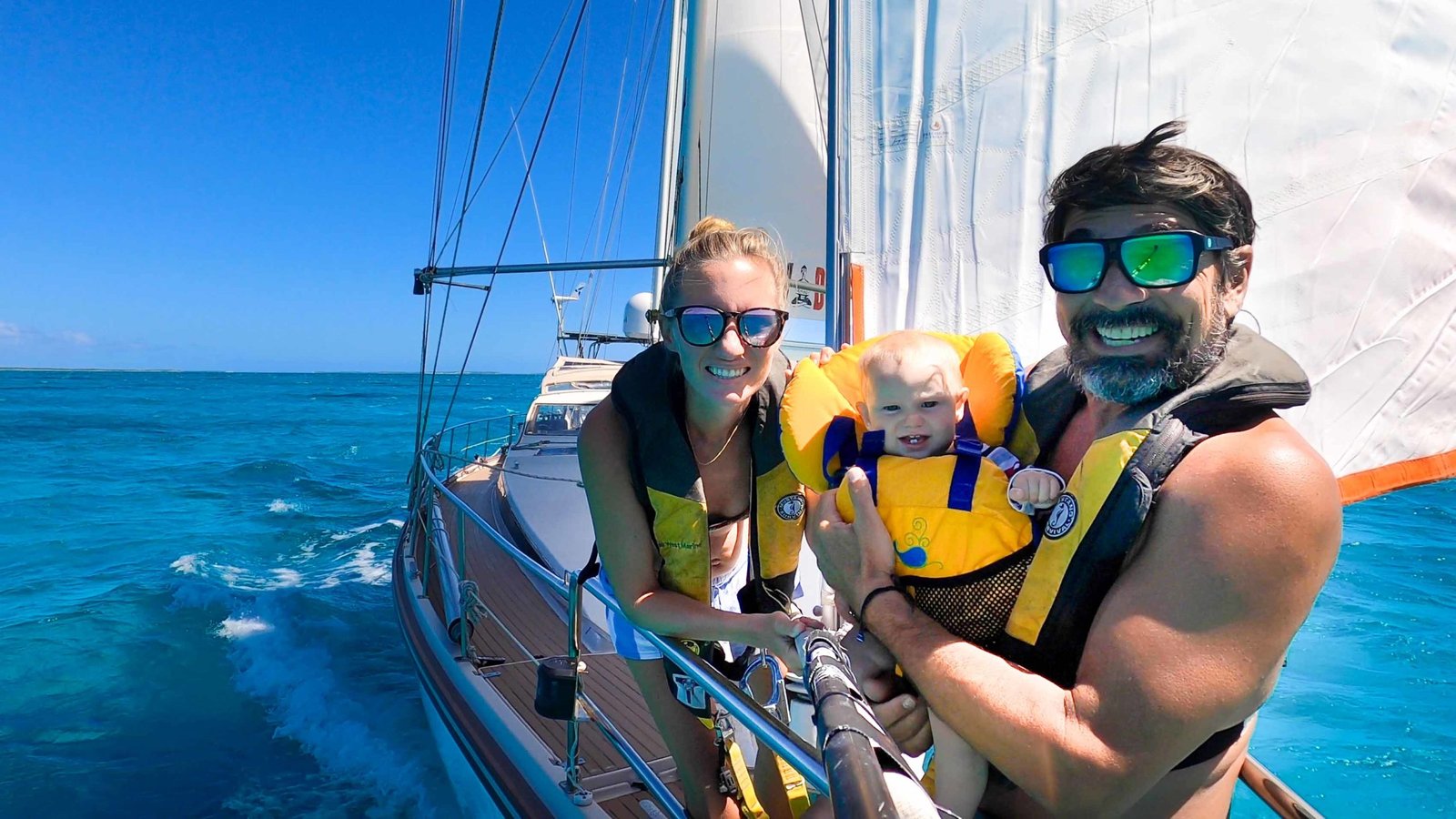TALLAHASSEE, Fla. (AP) — Michael roared nearer to the Florida Panhandle as a still-growing Category 4 hurricane Wednesday, lashing wind and rain and pushing a storm surge onto white-sand beaches and coastal communities hours before making landfall.
The unexpected brute quickly sprang from a weekend tropical depression and grew swiftly into what could be one of the Panhandle’s worst hurricanes in memory, with destructive wind, up to a foot (30 centimetres) of rain and a life-threatening storm surge of up to 13 feet (4 meters).

At 5 a.m., an Air Force Reserve Hurricane Hunter crew reported top sustained winds up to near 140 mph (225 kph) with higher gusts. Michael’s eye was about 140 miles (225 kilometres) from Panama City and 130 miles (209 kilometres) from Apalachicola, but moving relatively fast at 13 mph (21 kph). Tropical-storm-force winds extending 185 miles (295 kilometres) from the centre were already lashing the coast.
Florida officials said roughly 375,000 people up and down the Gulf Coast had been urged or ordered to evacuate, including all non-essential personnel at Tyndall Air Force Base east of Panama City. The home to the 325th Fighter Wing and some 600 military families appeared squarely targeted for the worst of the storm’s fury, and declared “HURCON 1” status, ordering everyone inland.
Evacuations spanned 22 counties from the Florida Panhandle into north central Florida. But civilians don’t have to follow orders, and authorities feared many failed to heed their calls to get out of the way as the hard-charging storm intensified over 84-degree Gulf of Mexico water.
“I guess it’s the worst-case scenario. I don’t think anyone would have experienced this in the Panhandle,” meteorologist Ryan Maue of weathermodels.com told The Associated Press. “This is going to have structure-damaging winds along the coast and hurricane force winds inland.”
Maue and other meteorologists watched in real time as a new government satellite showed the hurricane’s eye tightening, surrounded by lightning that lit it up “like a Christmas tree.”
University of Georgia’s Marshall Shepherd, a former president of the American Meteorological Society, called it a “life-altering event,” writing on Facebook that he watched the storm’s growth on satellite images with a growing pit in his stomach.
Sheriff A.J. Smith in Franklin County, near the vulnerable coast, sent his deputies door to door urging people to evacuate.
“We have done everything we can as far as getting the word out,” Smith said. “Hopefully more people will leave.”
On the exposed coast of Florida’s Big Bend, most of the waterfront homes stood vacant in Keaton Beach, which could get some of the highest water — seas up 9 feet (2.75 meters) above ground level.

“I know it’s going to cover everything around here,” said Robert Sadousky, who at 77 has stayed through more than four decades of storms.
The retired mill worker took a last look at the canal behind his home, built on tall stilts overlooking the Gulf. He pulled two small boat docks from the water, packed his pickup and picked some beans from his garden before getting out — like hundreds of thousands elsewhere.
Real-time Associated Press hurricane tracker tracks ongoing tropical storm and hurricane events.
The local geography — low-lying land and lots of areas where people live along waterways — means many people living inland could see their homes flooded as Michael makes landfall.
“We don’t know if it’s going to wipe out our house or not,” Jason McDonald, of Panama City, said as he and his wife drove north to safety into Alabama with their two children, ages 5 and 7. “We want to get them out of the way.”
Florida Gov. Rick Scott warned it was a “monstrous hurricane,” and his Democratic opponent for the Senate, Sen. Bill Nelson, said a “wall of water” could cause destruction along the Panhandle.
But some officials were worried by what they weren’t seeing just ahead of the storm — a rush of evacuees.
“I am not seeing the level of traffic on the roadways that I would expect when we’ve called for the evacuation of 75 percent of this county,” Bay County Sheriff Tommy Ford said Tuesday.
In the dangerously exposed coastal town of Apalachicola, population 2,500, Sally Crown planned to hunker down with her two dogs.
“We’ve been through this before,” she said. “This might be really bad and serious. But in my experience, it’s always blown way out of proportion.”
Mandatory evacuation orders went into effect in Panama City Beach and other low-lying areas in the storm’s path. That included Pensacola Beach but not in Pensacola itself, a city of about 54,000.
Michael will weaken over land but could still spin off tornadoes and dump rain along a northeasterly path over Alabama, Georgia, the Carolinas and Virginia before its remnants head out to sea again. Forecasters said it also could bring 3 to 6 inches of rain, enough to trigger flash flooding in places still recovering from Hurricane Florence.
__
This article was written by BRENDAN FARRINGTON and TAMARA LUSH. Lush reported from St. Petersburg, Florida. Associated Press writers Russ Bynum in Keaton Beach, Florida, Jay Reeves in Panama City Beach, Florida, Jonathan Drew in Raleigh, North Carolina and Science Writer Seth Borenstein in Kensington, Maryland, contributed to this report.
For the latest on Hurricane Michael, visit https://www.apnews.com/tag/Hurricanes .


















